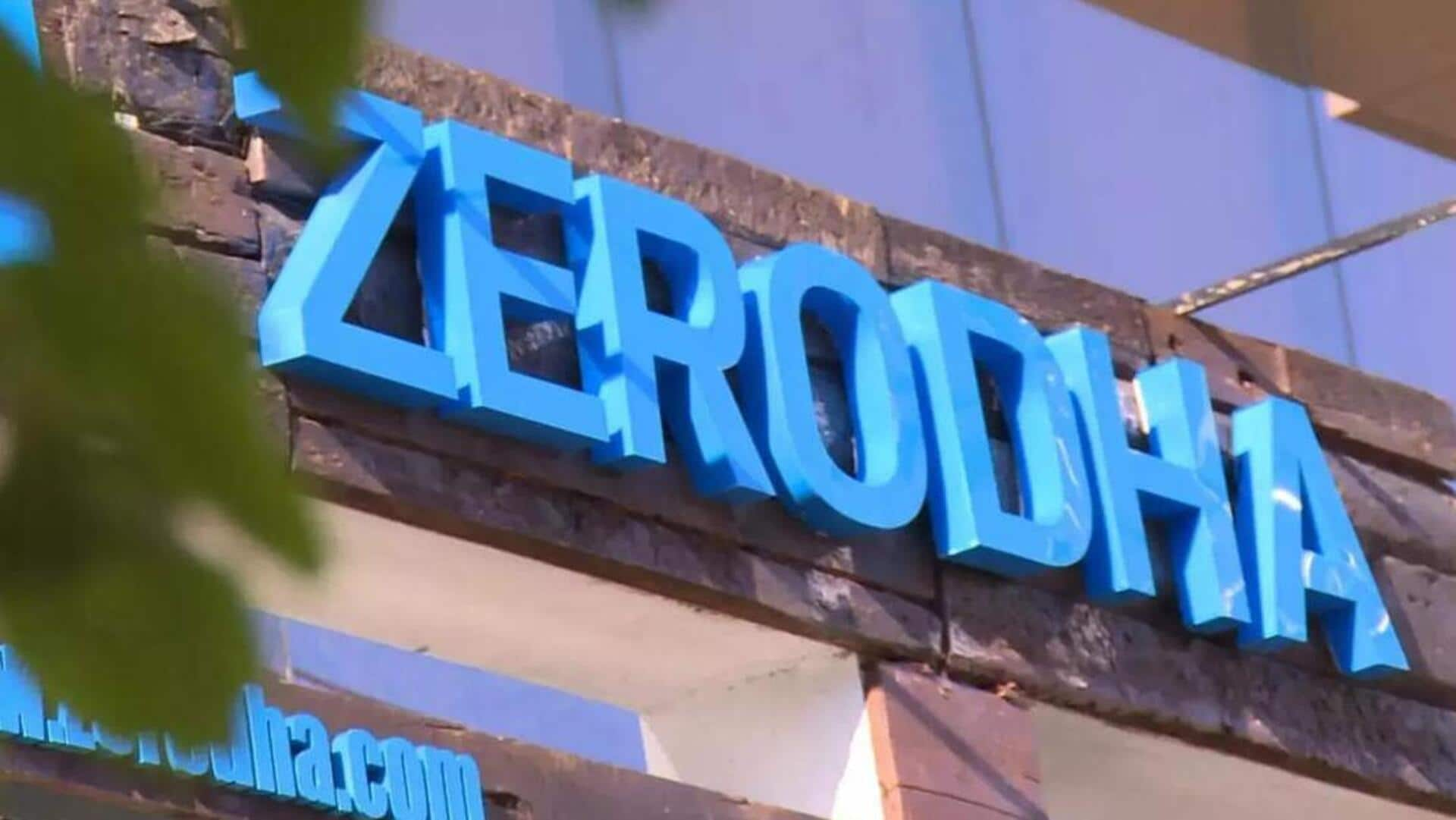
Why Zerodha now lets you open two demat accounts
What's the story
Zerodha, one of India's leading retail brokerages, has introduced a new feature to its platform. The firm has launched a secondary demat account facility for resident individuals. The move is aimed at giving investors more flexibility in managing their equity holdings and optimizing taxes. The new feature can be accessed via the Zerodha Console and is designed to help the investors segregate their holdings for better financial planning.
Functionality
What is a secondary demat account?
A secondary demat account works in tandem with the existing primary account, creating a separate space to park securities. This structure allows investors to optimize taxes through improved First-In-First-Out (FIFO) management, and maintain discipline by keeping long-term holdings separate from trading positions. However, shares held in the secondary account won't show up on Kite, Zerodha's trading platform. They will only be visible on Console.
Transfer process
Investors can transfer shares between accounts
Investors can easily transfer the shares between their primary and secondary accounts through Console. The buy averages are automatically updated and FIFO principles are applied during these transfers. However, there is a charge of ₹25 plus 18% GST for each transfer. Each demat account, primary and secondary, will also attract an annual maintenance charge (AMC) of ₹300 plus GST.
Restrictions
Here are the limitations
The secondary demat account facility is currently offered only to resident individuals. NRIs, corporates, partnerships, and HUF accounts cannot avail this service. The facility also doesn't support direct trading or collateral margin usage. To sell securities from a secondary account, investors have to first transfer them back to their primary demat account before executing trades on Kite.
Additional details
Account closure requires offline process
Account closure for the secondary demat account can only be done through an offline process. Once activated, users will get a separate TPIN for the secondary account via email. This can also be generated by entering the account's BO ID.